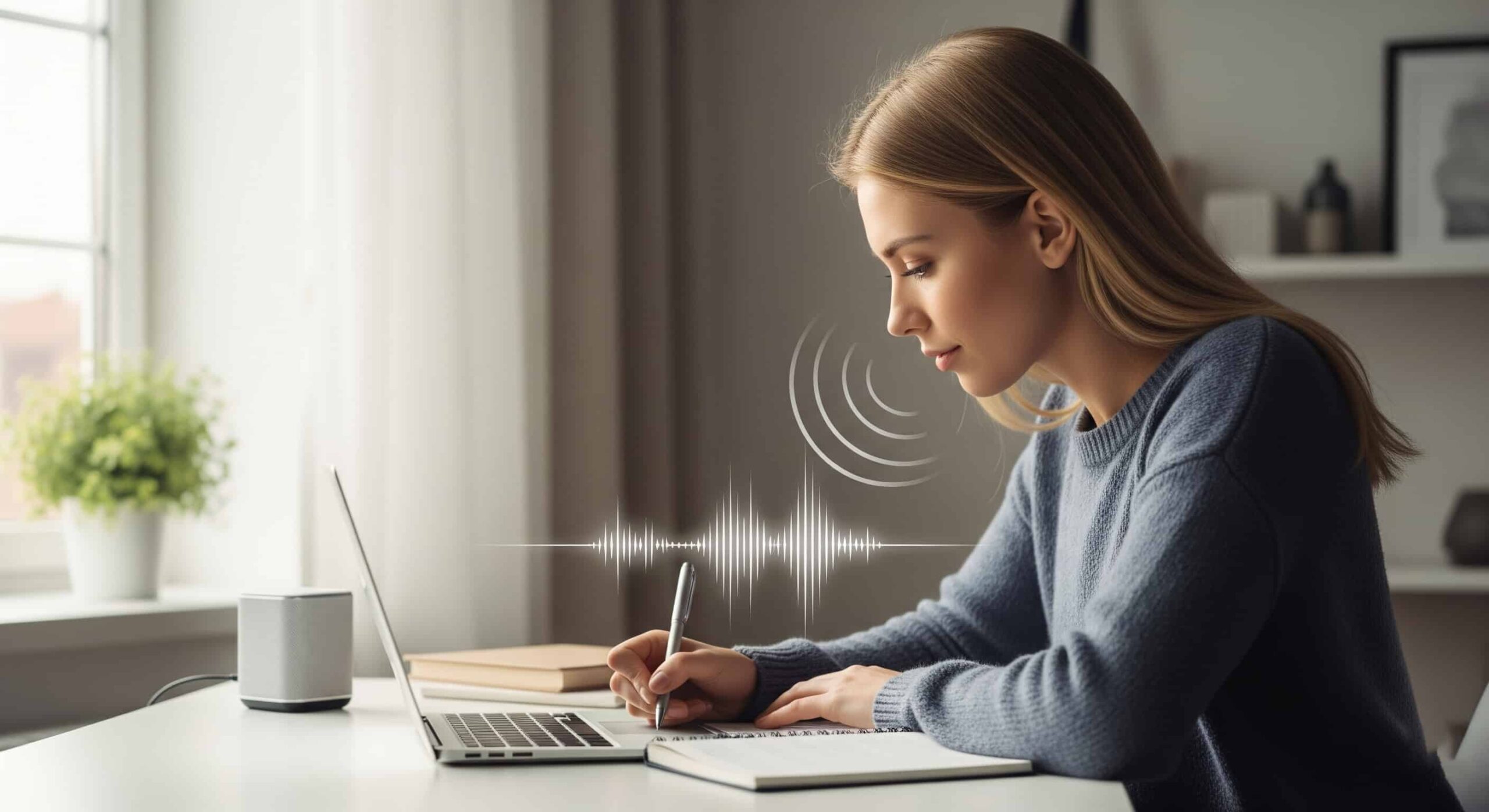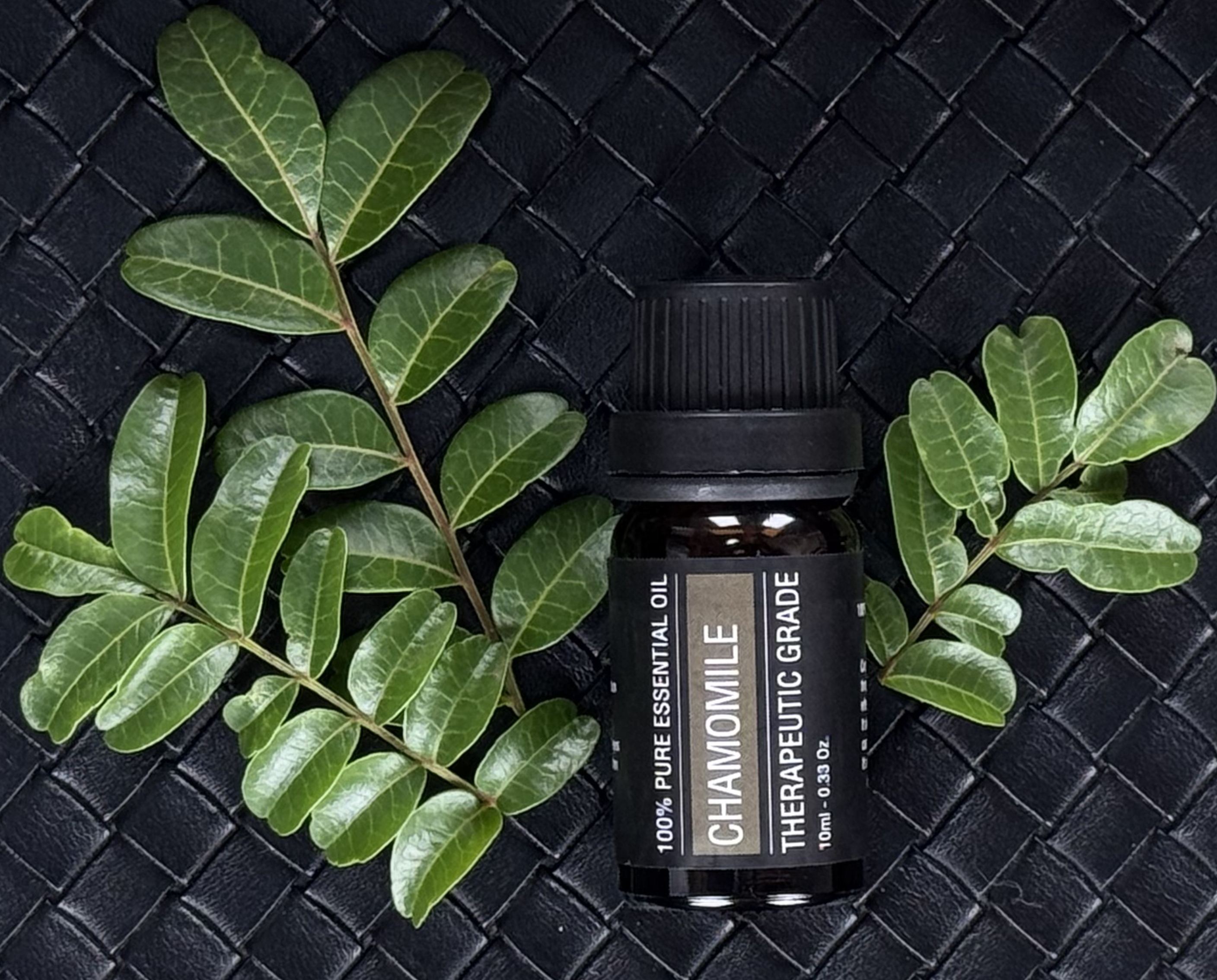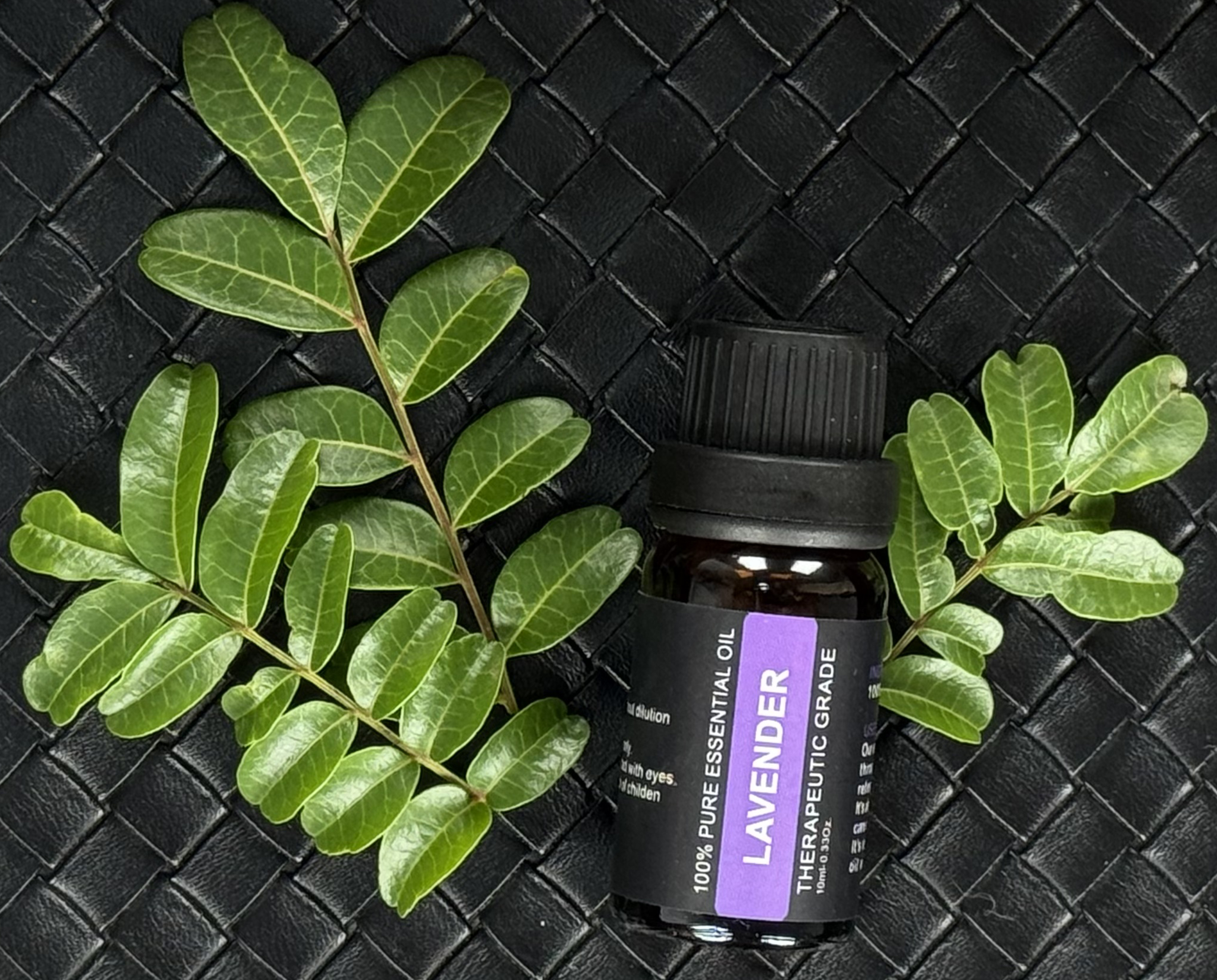In our increasingly noisy and distraction-filled world, maintaining focus has become a significant challenge. White noise and other background sounds have emerged as powerful tools for enhancing concentration, blocking distractions, and improving cognitive performance. Understanding how these sounds work and choosing the right type for your needs can transform your productivity and mental clarity.
The Science of White Noise and Focus
How White Noise Affects the Brain
Neurological mechanisms:
- Masks distracting environmental sounds by providing consistent auditory input
- Reduces the brain's response to sudden noise changes that break concentration
- Activates the brain's filtering system to focus on relevant information
- Promotes alpha brain wave activity associated with relaxed focus
- Helps maintain consistent cognitive arousal levels
Research findings:
- Studies show 15-20% improvement in cognitive performance with appropriate background noise
- White noise particularly benefits people with ADHD and attention difficulties
- Optimal volume levels range from 50-60 decibels for most individuals
- Consistent exposure can train the brain to associate the sound with focused work
Types of Background Noise for Focus
White noise:
- Contains all frequencies at equal intensity
- Sounds like static or a fan running
- Most effective for masking sudden environmental sounds
- Best for people who are easily distracted by noise
Pink noise:
- Lower frequencies are more prominent than higher ones
- Sounds like rainfall or ocean waves
- Often perceived as more pleasant than white noise
- May improve memory consolidation and deep thinking
Brown noise:
- Even more emphasis on lower frequencies
- Sounds like a deep rumble or waterfall
- Particularly effective for people with ADHD
- Creates a sense of calm and stability
Individual Differences in Sound Preferences
Personality factors:
- Introverts often prefer quieter, more subtle background sounds
- Extroverts may benefit from slightly more stimulating audio environments
- Highly sensitive people might need very gentle, consistent sounds
- Creative types often prefer nature sounds or ambient music
Cognitive style considerations:
- Visual learners may prefer minimal auditory input
- Auditory learners often benefit from more complex soundscapes
- Kinesthetic learners might prefer rhythmic or pulsing sounds
- Analytical thinkers often prefer consistent, predictable sounds
Best White Noise Apps and Tools
Noisli
Key features:
- 16 high-quality background sounds including white, pink, and brown noise
- Customizable sound mixing to create personalized soundscapes
- Built-in timer and productivity features
- Offline functionality for uninterrupted focus sessions
- Cross-platform availability (web, mobile, desktop)
- Distraction-free text editor with sound integration
Best for: Users who want extensive customization and productivity integration
Price: Free with premium features at $2/month
Brain.fm
Scientific approach:
- AI-generated music designed specifically for focus and productivity
- Based on neuroscience research and cognitive studies
- Different modes for focus, relaxation, creativity, and sleep
- Adaptive algorithms that adjust to your response patterns
- Session tracking and productivity analytics
- Seamless looping without noticeable breaks
Best for: People who prefer music-based focus enhancement over pure noise
Price: $6.99/month or $49.99/year
MyNoise
Advanced features:
- Over 200 high-quality soundscapes and noise generators
- Parametric equalizer for precise sound customization
- Binaural beats and isochronic tones for brainwave entrainment
- Location-based soundscapes recorded in real environments
- Calibrated for different hearing profiles and preferences
- Offline downloads for premium users
Best for: Audio enthusiasts who want professional-grade sound quality and control
Price: Free with in-app purchases for premium sounds
Focus@Will
Personalized approach:
- Music channels scientifically designed for different personality types
- Initial assessment to determine optimal sound profile
- Tracks productivity metrics and adjusts recommendations
- Integration with popular productivity apps and tools
- Session length optimization based on attention span research
- Real-time adaptation based on your focus patterns
Best for: Users who want a scientifically personalized approach to focus music
Price: $8.99/month or $52.99/year
Tide
Minimalist design:
- Beautiful, simple interface with high-quality nature sounds
- Pomodoro timer integration for structured work sessions
- Sleep stories and meditation content
- Habit tracking and productivity statistics
- Offline playback capability
- Cross-device synchronization
Best for: Users who prefer a clean, distraction-free interface with essential features
Price: Free with premium features available
Physical White Noise Machines
LectroFan EVO
Technical specifications:
- 22 unique non-looping fan and white noise sounds
- Precise volume control with memory function
- Sleep timer with multiple duration options
- Compact design perfect for desk or bedside use
- USB or AC power options for versatility
- No moving parts for reliable, quiet operation
Best for: Office workers who need consistent, high-quality white noise without smartphone dependence
Price: $49.95
Marpac Dohm Classic
Mechanical advantage:
- Real fan-generated white noise (not digital)
- Two-speed motor for customizable sound intensity
- Adjustable tone and volume through top and side openings
- Durable construction with 101-year company history
- No harsh digital artifacts or looping sounds
- Compact, travel-friendly design
Best for: Purists who prefer authentic, mechanical white noise generation
Price: $44.95
Sound+Sleep High Fidelity Sleep Sound Machine
Advanced features:
- 30 non-repeating, naturally recorded soundscapes
- Adaptive Sound technology that responds to environmental noise
- Rich, immersive audio quality with full-range speakers
- Multiple timer options and gradual volume fade
- Headphone jack for private listening
- Memory function saves your preferred settings
Best for: Users who want premium audio quality and intelligent noise adaptation
Price: $99.95
Optimizing Your Focus Environment
Volume and Timing Considerations
Optimal volume levels:
- 50-60 decibels for most people (conversational level)
- Slightly lower (40-50 dB) for detail-oriented tasks
- Slightly higher (60-70 dB) for creative or brainstorming work
- Adjust based on ambient noise levels in your environment
- Use smartphone apps to measure decibel levels accurately
Session timing:
- Start with 25-30 minute focused sessions (Pomodoro technique)
- Gradually increase to 45-90 minute deep work blocks
- Take 5-15 minute breaks between sessions
- Use consistent sound cues to signal work and break periods
- Experiment with different sounds for different types of work
Combining White Noise with Other Productivity Techniques
Pomodoro Technique integration:
- Use white noise during work periods, silence during breaks
- Different sounds for different types of tasks
- Gradual volume changes to signal session transitions
- Apps that combine timers with background sounds
Deep work enhancement:
- Consistent soundscape for extended focus sessions
- Noise-canceling headphones for maximum isolation
- Environmental preparation before starting sound
- Digital device management to minimize interruptions
Creative work applications:
- Nature sounds for brainstorming and ideation
- Ambient music for design and artistic work
- Binaural beats for enhanced creativity states
- Varying soundscapes to stimulate different thinking modes
Workplace Implementation
Open office strategies:
- Personal headphones with white noise apps
- Desk-mounted sound machines for individual use
- Team agreements on ambient sound policies
- Quiet zones with background sound systems
Home office optimization:
- Dedicated speakers for room-filling sound
- Smart home integration for automated sound control
- Multiple sound sources for different work areas
- Family communication about focus time and sound use
Remote work considerations:
- Portable solutions for changing work locations
- Battery-powered devices for outdoor work
- Offline capabilities for unreliable internet connections
- Professional appearance for video calls
Special Considerations and Limitations
When White Noise Might Not Help
Individual variations:
- Some people find any background sound distracting
- Certain neurological conditions may make noise sensitivity worse
- Hearing impairments can affect optimal sound selection
- Cultural and personal associations with specific sounds
Task-specific limitations:
- Language-based tasks may require complete silence
- Audio editing or music production needs quiet environments
- Phone calls and meetings require sound-free periods
- Learning new skills might benefit from minimal auditory input
Health and Safety Considerations
Hearing protection:
- Avoid prolonged exposure to sounds above 70 decibels
- Take regular breaks from headphone use
- Monitor volume levels with smartphone apps
- Choose high-quality audio equipment to avoid distortion
Dependency concerns:
- Gradually reduce reliance on background sounds over time
- Practice focusing in various acoustic environments
- Develop multiple concentration strategies beyond sound
- Maintain ability to work effectively in silence when needed
Building Long-term Focus Skills
Progressive training:
- Start with shorter focus sessions and gradually increase duration
- Experiment with different sound types for various tasks
- Track productivity metrics to identify optimal conditions
- Develop personal sound libraries for different work modes
Mindfulness integration:
- Use sound as an anchor for present-moment awareness
- Practice returning attention to work when mind wanders
- Develop meta-cognitive awareness of focus states
- Combine breathing techniques with background sounds
Maximizing Focus with Sound
White noise and background sounds can be powerful tools for enhancing focus and productivity, but their effectiveness depends on individual preferences, task requirements, and proper implementation. The key is to experiment with different types of sounds, volumes, and timing to find what works best for your unique cognitive style and work environment.
Key takeaway: Start with simple white or pink noise at moderate volumes, track your productivity and focus levels, and gradually refine your approach based on what you learn about your personal preferences and work patterns. Remember that the goal is to enhance your natural ability to concentrate, not to become dependent on external sounds for focus.




